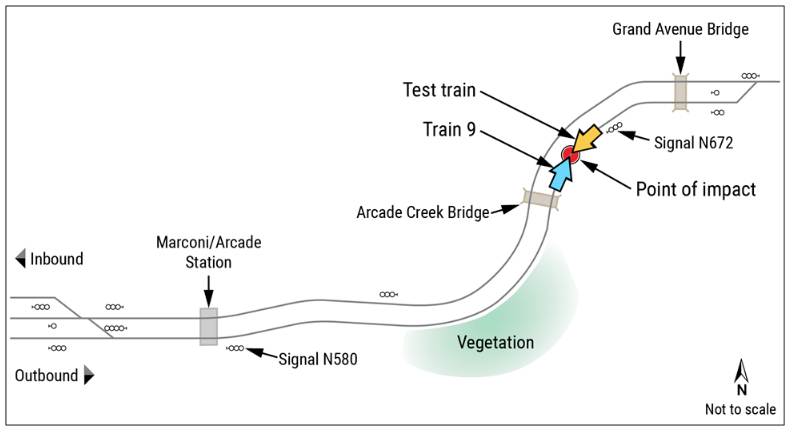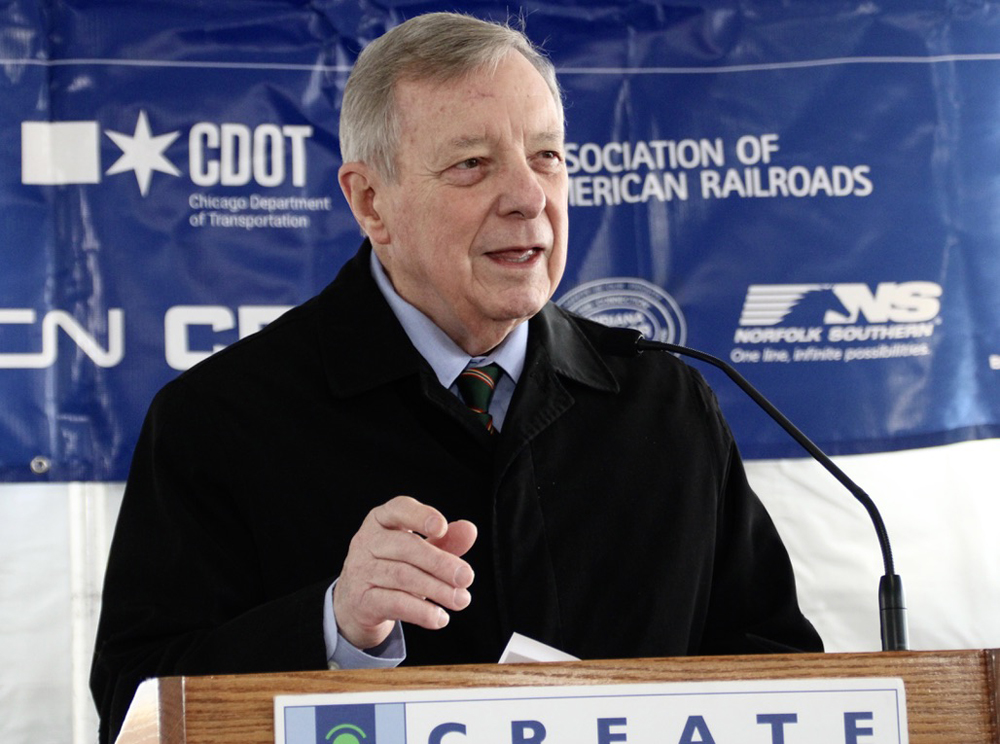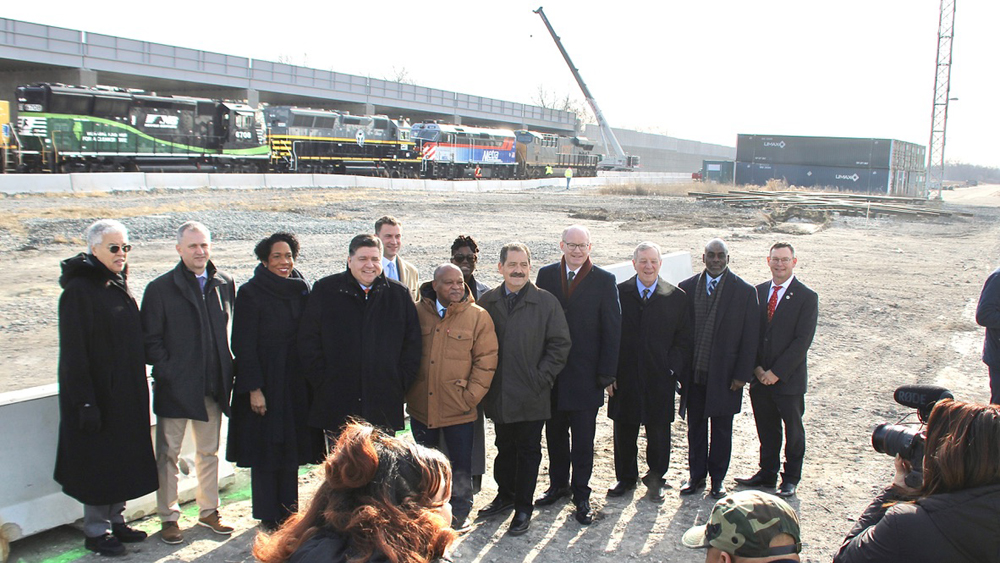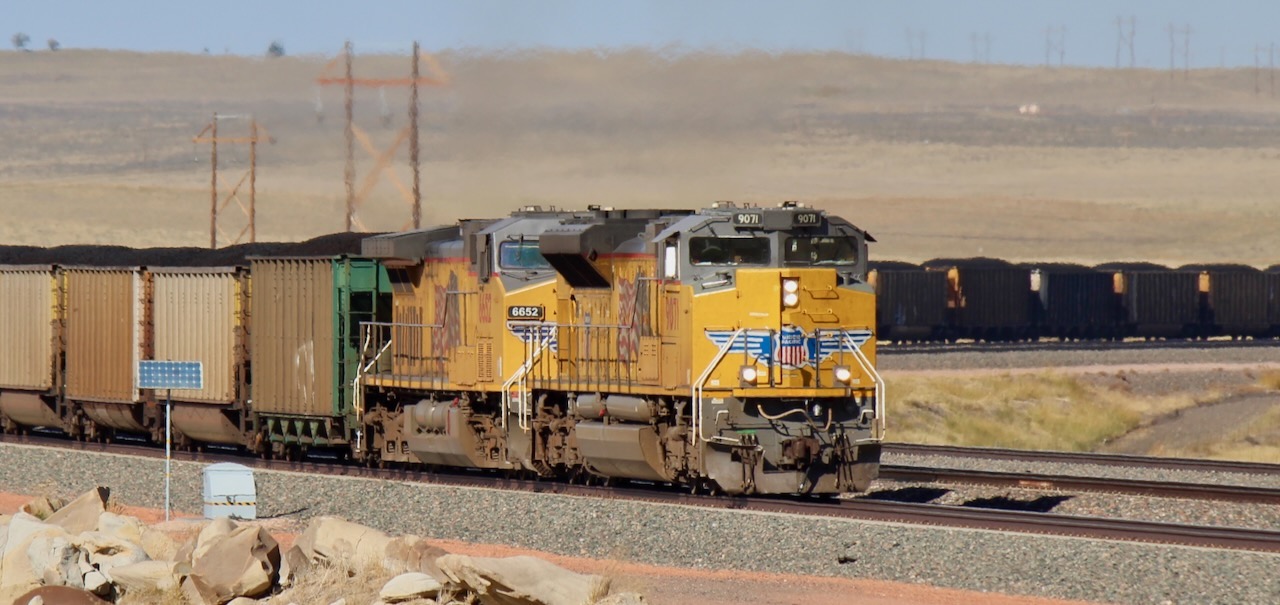
WASHINGTON — “Weak administrative controls” that allowed a supervisor to authorize a high-speed test without knowing another train was on the same track led to the collision of two light rail trains in Sacramento, Calif., in August 2019, according to a National Transportation Safety Board report.
The Aug. 22, 2019, collision occurred at 9:39 p.m. and injured 27 people, 13 of whom required transportation to a hospital. Two of those were said to have suffered moderate injuries [see “Sacramento light-rail collision injures 27,” Trains News Wire, Aug. 23, 2019].
One of the trains involved was conducting testing with an operator and two contractors aboard; the other, a scheduled train, had an operator and 27 passengers on board. The test train had been traveling at 48 mph when the operator saw the other train approaching from about 65 yards away and applied the emergency brakes; the other train was traveling at 32 mph at the time of impact. Neither train derailed, but damage was estimated at $242,450.
The report indicates the Sacramento Regional Transit supervisor involved had been on a performance improvement plan, which was ended when he changed assignments. His performance otherwise would have been monitored for another 30 days.
As a result of the accident, the NTSB recommended that Sacramento Regional Transit more carefully monitor employee performance, assess the risk of high-speed testing and revise testing schedules and controls; improve train-delay reporting; and install transmission-based train control.
The full report is available here.
The Sacramento Bee reports the transit agency has implemented safety procedures including requiring derails and stop signs at either end of a track segment where testing is taking place, and improved radio communication regarding test trains. In a lengthy response to the report, Sacramento RT outlines what it calls “sweeping safety improvements” that resulted from its initial assessment of the accident. These include a restructuring of its leadership to have one vice president in charge of the light rail system and one in charge of the bus system; the hiring of a chief safety officer, and changes in employee training and performance monitoring.
— Updated at 12 p.m. CDT to correct headline duplication, add link to Sacramento RT response to report.













I’m wondering how the signal at the North turnout allowed traffic onto the route if Train 9 was already on that track (past signal N580). If that signal was red, and the “supervisor” overrode that signal granting access for the test train to ride past the signal, then a “performance improvement plan” would be insufficient for this fellow, and he needs another line of work.